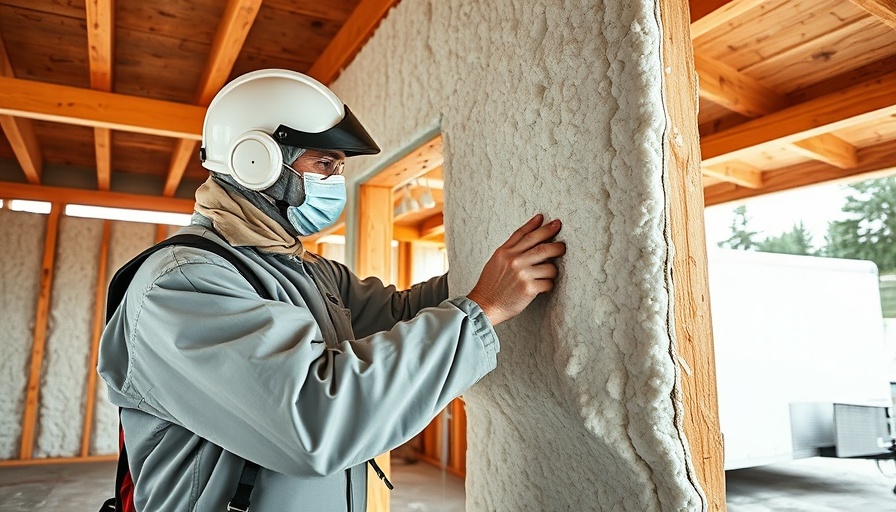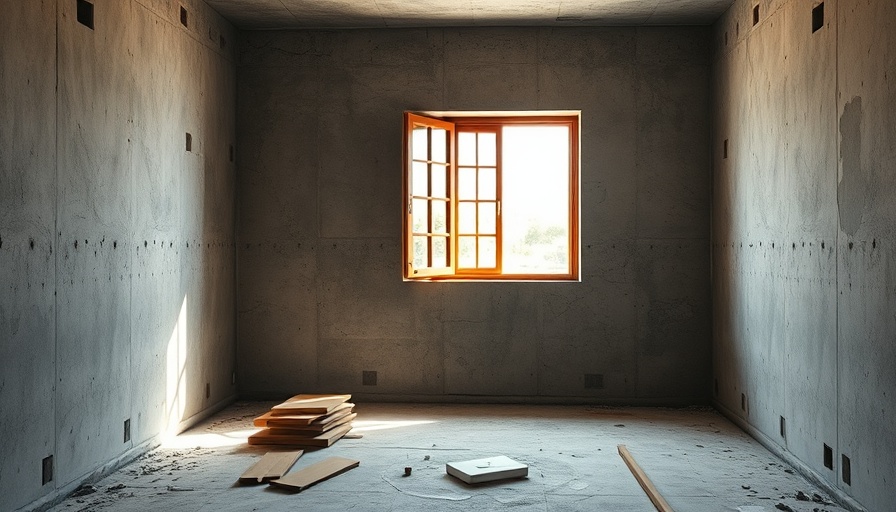
Understanding Basement Bathroom Insulation
As modern families seek to maximize their living space, basement bathrooms have gained popularity, especially in regions like Minneapolis, where space can be at a premium. Yet, many homeowners wonder: should they insulate these spaces, and if so, how?
Why Insulation Matters for Basements
Basements naturally have a cooler temperature than the upper levels of your home, which can lead to issues like dampness and temperature fluctuations. Insulating a basement bathroom not only helps maintain warmth during the winter but also plays a vital role in energy efficiency, ultimately reducing utility bills. According to experts, the temperature difference between an insulated space and an uninsulated one can be stark—meaning a comfortable environment can be achieved without additional heating costs.
Types of Insulation: Rigid Foam vs. Fiberglass
When it comes to insulating a basement bathroom, the debate often comes down to materials. Fiberglass batts are commonly used; they fit snugly into stud cavities, but they also require careful installation to avoid moisture issues. On the other hand, rigid foam board insulation provides a solid barrier against moisture but can be tricky to install if structural obstacles are present. Each option has its pros and cons, and understanding the specific demands of your project can guide your decision.
Benefits Beyond Comfort: A Healthier Home
Improperly insulated spaces can harbor mold and mildew, posing health risks. Ensuring your basement bathroom is well insulated can significantly reduce humidity and the potential for harmful spores. In fact, maintaining a humidity level of about 40-55% is recommended for both comfort and health, according to industry standards.
Final Thoughts: Deciding What’s Best for Your Basement
In a place like Minneapolis, where temperatures can swing significantly, investing time and resources into proper basement bathroom insulation can drastically improve your home's comfort level while enhancing its energy efficiency. Whether you choose fiberglass batts for their ease or foam boards for their robustness, taking the right steps can ensure your space is cozy, cost-effective, and conducive to good health.
 Add Row
Add Row  Add
Add 




Write A Comment